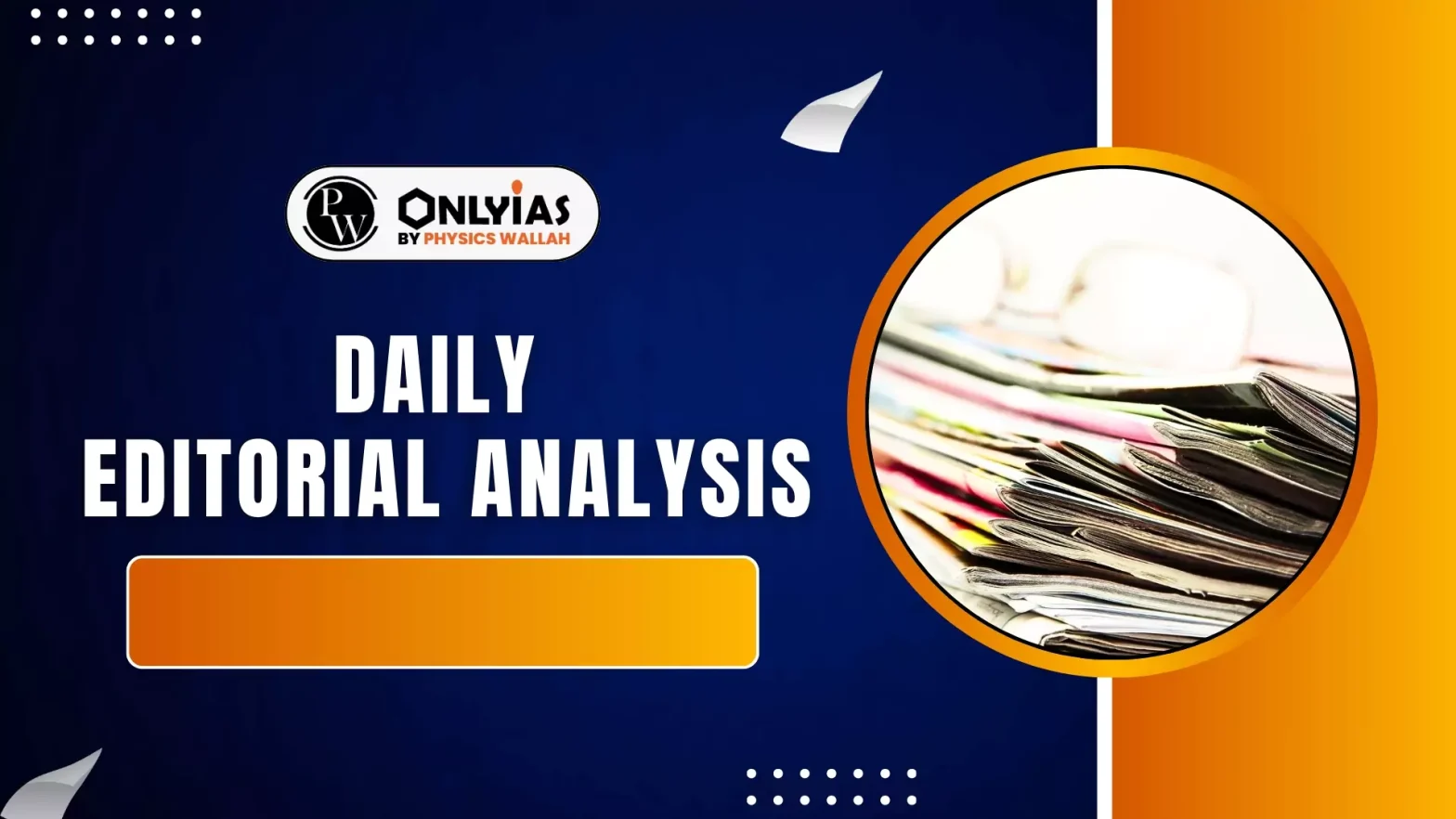Prime Minister Narendra Modi’s 12th consecutive Independence Day address from the Red Fort not only highlighted national security and self-reliance but also laid stress on a communally coloured demographic threat to the country.
Key Economic Reforms Announced in Independence Day Address
- Next Generation GST Reforms: New changes in Goods and Services Tax (GST) by Diwali 2025.
- This reform aims to reduce the existing multiple tax slabs (5%, 12%, 18%, 28%) designed to boost consumption and stimulate business activity.
- Pradhan Mantri Viksit Bharat Rojgar Yojana: With an outlay of ₹1 lakh crore this scheme aims to support creation of over 3.5 crore jobs in two years.
- The scheme will provide incentive of up to ₹15,000 in two instalments to newly employed youth and upto 3000 per month per new employee to employers for creation of new job opportunities.
- Reform Task Force for Economic Growth: An expert task force will be established to provide recommendations on achieving an economic growth target of $10 trillion by 2047.
- Semiconductor Chip Production: India will launch ‘Made-in-India’ semiconductor chips by the end of 2025.
- Six companies have received approval for this initiative, with four plants expected to be operational before the year-end.
- Space Program: India is actively progressing in its space ambitions, with plans to build its own space station and launch the Gaganyaan Mission soon.
- National Critical Mineral Mission: This mission involves a nationwide program to locate and extract critical minerals like lithium from over 1200 identified sites.
- The objective is to reduce India’s reliance on foreign sources.
- Nuclear Power Target: An ambitious target has been set to increase nuclear power generation tenfold by 2047.
- This aims to provide clean and pollution-free electricity, with plans to expand the current fleet of 10 nuclear reactors.
- High-Powered Demography Mission: A new mission will be launched to address concerns about demographic changes in border areas, which are attributed to “a deliberate conspiracy” and infiltration of undocumented migrants.
- While framed as a measure to protect local demographics, particularly those of tribal communities, this initiative also suggests an effort to address differing population growth rates among communities.
- Indus Water Treaty: The Prime Minister asserted that the 1960 Indus Water Treaty with Pakistan was unfair to Indian farmers, as it disproportionately allocates water to Pakistan despite the rivers originating in India.
- He stated that the treaty would be revised to ensure Indian farmers receive more water.
- Mission Sudarshan Chakra: By 2035, India will deploy Mission Sudarshan Chakra, a fully indigenous defence system.
- This system will be designed not only to neutralise enemy attacks but also to retaliate effectively.
Other Initiatives Highlighted In the Speech
- Operation Sindoor: The Prime Minister lauded the armed forces for Operation Sindoor, which showcased the effectiveness of India’s defence capabilities and indigenous weaponry, particularly the S400 missile defence system.
- Zero Tolerance for Terrorism: A firm stance of zero tolerance toward terrorism and cross-border attacks was reiterated, along with a warning to adversaries, particularly Pakistan.
- Successes Against Maoist Insurgency: The address also acknowledged the recent successes in the combat against the Maoist insurgency.
Conclusion
The Prime Minister’s address thus laid out a comprehensive blueprint for India’s future, balancing ambitious economic and technological goals with strong commitments to national security and strategic autonomy.
![]() 16 Aug 2025
16 Aug 2025

